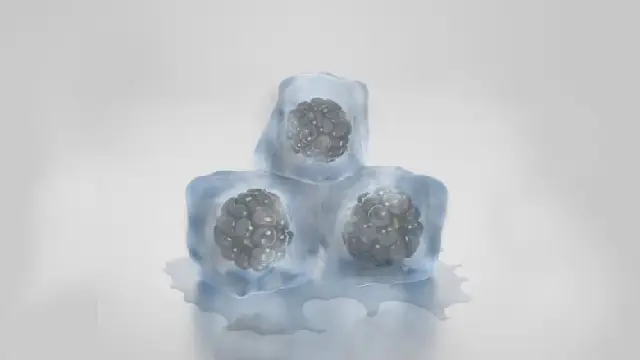By Ankshita Rout
Copyright kalingatv

Scientists have revived ancient microorganisms that were frozen in Alaska for nearly 40,000 years. These tiny life forms were trapped in permafrost, a layer of frozen soil, rock and ice.
As per the sources, researchers from the University of Colorado Boulder collected samples from the Permafrost Research Tunnel near Fairbanks, an underground passage sometimes called an “icy graveyard.”
The frozen samples were slowly warmed to temperatures between 3°C and 12°C which is similar to a summer in the Arctic. At first, the microorganisms did not show any signs of life.
But after several months, they reportedly began growing and forming colonies. Over time, the microbes developed biofilms, which are slimy layers of bacteria that are difficult to remove.
Although these microorganisms are unlikely to infect humans directly, they can still cause other problems. As they wake up, they release carbon dioxide and methane, gases that contribute to climate change.
Longer and warmer Arctic summers could speed up this process as the microbes would have more time to grow during extended warm periods.
Further, the survival of these microorganisms for tens of thousands of years also raises concerns about the potential release of ancient bacteria or viruses as permafrost melts.
Some of these microbes could be reportedly antibiotic-resistant and dangerous pathogens like anthrax or pox viruses could be preserved in the frozen soil.
Melting glaciers and flowing melt water could help these microbes reach new hosts, including animals and possibly humans creating a risk of new infections.
Also Read: Do These Things To Avoid Falling Sick During Season Change